Calorie counting is a great way to ensure you eat the right food to achieve your health and fitness goals. At the same time, you also need to do some aerobic exercises, like riding bikes or running on treadmills. This article provides a step-by-step guide to help you get started with calorie counting.
Understanding the Basics of Calorie Counting
the difference between macronutrients and micronutrients
Macronutrients:
Definition: Macronutrients are nutrients the body requires in large amounts to provide energy and support various bodily functions.
Types: There are three main macronutrients: carbohydrates, proteins, and fats.
Carbohydrates: Carbs are the body's primary source of energy. They are found in grains, fruits, vegetables, and legumes.
Proteins: Proteins are essential for the growth, repair, and maintenance of tissues, as well as the production of enzymes and hormones. Good protein sources include meat, fish, poultry, dairy products, legumes, and nuts.
Fats: Dietary fats provide energy, help absorb fat-soluble vitamins, and contribute to cell structure. Healthy fat sources include avocados, nuts, seeds, and oils like olive oil.
Caloric value: Macronutrients are a major source of calories in the diet. Carbohydrates and proteins contain four calories per gram, while fats provide nine calories per gram.
Quantity needed: The body requires macronutrients in relatively large quantities. The recommended daily intake is generally measured in grams or a percentage of total caloric intake.
Micronutrients:
Definition: Micronutrients are nutrients the body requires in smaller amounts for proper functioning and overall health.
Types: Micronutrients include vitamins and minerals.
Vitamins: Vitamins are organic compounds that are essential for various physiological processes. They are categorized into two groups: water-soluble (e.g., vitamin C, B-complex vitamins) and fat-soluble (e.g., vitamins A, D, E, K).
Minerals: Minerals are inorganic elements that play vital roles in body processes, such as bone health, nerve function, and energy production. Examples include calcium, iron, magnesium, and zinc.
Caloric value: Micronutrients do not provide calories directly. They are involved in metabolic reactions that allow macronutrients to be used for energy.
Quantity needed: Although required in smaller amounts, micronutrients are still crucial for overall health. The recommended daily intake is usually measured in milligrams or micrograms.

Understand the importance of total calorie intake.
Total calorie intake is paramount for maintaining a healthy body weight, supporting bodily functions, and providing the energy required for daily activities. Here are several key points highlighting the significance of total calorie intake:
Energy balance: Calories are units of energy that fuel our bodies. The concept of energy balance is crucial in maintaining a healthy weight. When the calories consumed from food and beverages equal the calories expended through physical activity and bodily functions, it leads to weight maintenance. Consuming more calories than the body needs can result in weight gain while consuming fewer calories can lead to weight loss.
Metabolism and bodily functions: Calories are necessary to fuel the body's basic functions, such as breathing, circulating blood, regulating body temperature, and repairing cells. Even at rest, our bodies require certain calories to sustain these essential functions. This is known as the basal metabolic rate (BMR).
Physical activity and performance: Calories provide the energy needed for physical activity, exercise, and sports performance. Whether it's walking, running, strength training, or participating in sports, adequate calorie intake ensures that the body has enough fuel to perform optimally, enhance endurance, and recover effectively.
Nutrient absorption and utilization: Proper calorie intake is essential for absorbing and utilizing essential nutrients. Some vitamins, such as vitamins A, D, E, and K, are fat-soluble and require dietary fat for absorption. Calories from macronutrients (carbohydrates, proteins, and fats) are also needed for their respective roles in the body, such as energy production, tissue repair, and hormone synthesis.
Overall health and well-being: Maintaining an appropriate calorie intake supports overall health and well-being. Inadequate calorie intake can lead to nutrient deficiencies, weakness, fatigue, impaired immune function, and decreased muscle mass. Conversely, excessive calorie intake can contribute to weight gain, obesity, and associated health issues like heart disease, diabetes, and certain types of cancer.
It's important to note that individual calorie needs vary based on age, sex, body composition, activity level, and overall health goals. Consulting with a healthcare professional or registered dietitian can provide personalized guidance on determining an appropriate calorie intake that suits specific needs and supports overall health.
Understand how activity levels affect calorie needs
Activity levels play a significant role in determining an individual's calorie needs. The more active a person is, the more calories their body requires to meet energy demands. Here's how activity levels affect calorie needs:
Basal Metabolic Rate (BMR): The BMR represents the number of calories the body needs at rest to sustain basic bodily functions such as breathing, circulating blood, and maintaining body temperature. Even without physical activity, the body requires energy for these essential functions. BMR varies between individuals due to age, sex, weight, and body composition.
Sedentary Lifestyle: Individuals with sedentary lifestyles engage in minimal physical activity beyond what is necessary for daily living, such as sitting at a desk job or spending leisure time watching TV or using electronic devices. The calorie needs of sedentary individuals are relatively lower than those with more active lifestyles, as their energy expenditure from physical activity is limited.
Light to Moderate Activity: Light to moderate activity includes walking, household chores, and light exercise routines. These activities slightly increase energy expenditure above the BMR. Individuals with light to moderate activity may require more calories than those with a sedentary lifestyle, but the increase is insignificant.
Moderate to Vigorous Activity: Moderate to vigorous activity encompasses exercises like running, cycling, swimming, high-intensity interval training (HIIT), and strength training. These activities substantially raise heart rate, breathing rate, and energy expenditure. Individuals who regularly engage in moderate to vigorous activity have higher calorie needs to fuel their workouts and support recovery and muscle growth.
Athletes and Highly Active Individuals: Athletes who engage in intense training regimens and those with physically demanding occupations have significantly higher calorie needs. Their training or work activities often involve long durations, high intensities, and repetitive movements, leading to increased energy expenditure. Adequate calorie intake is crucial for performance, muscle repair, and overall recovery.
It's important to note that individual factors, such as body weight, body composition, age, and metabolism, can influence calorie needs even within the same activity level category. Additionally, when aiming for weight loss or weight gain, calorie intake must be adjusted accordingly, considering activity levels.
In order to determine personalized calorie needs, it is recommended to consult with a healthcare professional or registered dietitian or use specialized calculators that consider factors such as activity level, goals, and individual characteristics. These professionals can provide guidance and create tailored nutrition plans to support an individual's specific calorie needs.

Get Started
Calculate Your Basal Metabolic Rate
- Determine your age, gender, and activity level.
- Use an online calculator to calculate your BMR.
- Adjust your BMR for your activity level.
Track Your Daily Calorie Intake
- Create a food diary to track your daily calorie intake.
- Track the types of foods you are consuming.
- Be mindful of portion sizes.
Monitor Your Weight
- Weigh yourself regularly.
- Take note of any changes in your weight.
- Utilize online tools to track your progress.
Stay on Track
Find Balance
- Split your calorie intake between proteins, carbs, and fats.
- Eat a variety of foods to get all the necessary nutrients.
- Incorporate healthy snacks to help meet your calorie goals.
Adjust Your Calorie Intake
- Adjust your calorie intake as needed to reach your goals.
- Be mindful of any changes in your activity levels.
- Learn how to read nutrition labels.
Make Healthy Food Choices
- Choose foods that are low in saturated fats and added sugars.
- Opt for whole grains instead of refined grains.
- Include plenty of fruits and vegetables in your diet.
Here's a simple sheet of health food calories, listing some common healthy foods along with their approximate calorie counts per serving:
|
Food Item |
Calories (per serving) |
|
Grilled Chicken Breast |
120-150 |
|
Salmon (baked) |
200-250 |
|
Quinoa (cooked) |
180-220 |
|
Brown Rice (cooked) |
210-230 |
|
Sweet Potato (baked) |
100-130 |
|
Avocado |
160-200 |
|
Almonds (raw, 1 oz) |
160-170 |
|
Greek Yogurt (non-fat) |
80-100 |
|
Mixed Vegetables (steamed) |
50-100 |
|
Spinach (raw) |
7-10 (per cup) |
|
Blueberries |
80-85 (per cup) |
|
Strawberries |
45-50 (per cup) |
|
Apples |
95-105 |
|
Oranges |
60-80 |
|
Carrots (raw) |
50-60 |
|
Broccoli (steamed) |
30-40 (per cup) |
|
Whole Grain Bread |
70-100 (per slice) |
|
Eggs (large, scrambled) |
70-90 (per egg) |
|
Tofu (cooked) |
90-110 |
|
Lentils (cooked) |
230-250 |
Please note that: the calorie counts provided are approximate and can vary based on serving sizes and preparation methods. Always refer to the nutrition label or consult a registered dietitian for precise nutritional information and personalized dietary advice.
Calories burned running
The number of calories burned while running depends on various factors, including body weight, running speed, duration, and intensity. Here's a general estimate of calories burned while running based on body weight:
Running at a moderate pace (approximately 5 mph or 8 km/h):
|
A Person Weighing |
Burn Calories/hour |
|
|
Pounds |
KG |
|
|
125 |
57 |
480 |
|
155 |
70 |
600 |
|
185 |
84 |
710 |
Running at a faster pace (approximately 8 mph or 13 km/h):
|
A Person Weighing |
Burn Calories/hour |
|
|
Pounds |
KG |
|
|
125 |
57 |
750 |
|
155 |
70 |
930 |
|
185 |
84 |
1110 |
It's important to note that these estimates are approximate and can vary depending on individual factors. Running on uneven terrain, uphill or downhill running, and interval training can also affect calorie expenditure.
To obtain a more accurate estimation of calories burned during running, you can use fitness trackers, heart rate monitors, or online calculators specifically designed for this purpose. These tools consider additional variables like heart rate, age, and gender to provide a more personalized estimate.
Get DeerRun treadmill, and you can run indoors. At the same time, you can link to our fitness app - PitPat. It is a home training assistant with free and professional training courses and high bonus activities.
Conclusion
- Understand the importance of setting realistic goals.
- Celebrate your accomplishments.
- Stay motivated by focusing on the long-term benefits of calorie counting.
Counting calories is an important tool for successful dieting and weight loss. It helps you track what you are eating and ensure you reach your goals. This guide will show you how to count calories, what to look for on a food label, and how to use the information to make healthier food choices.








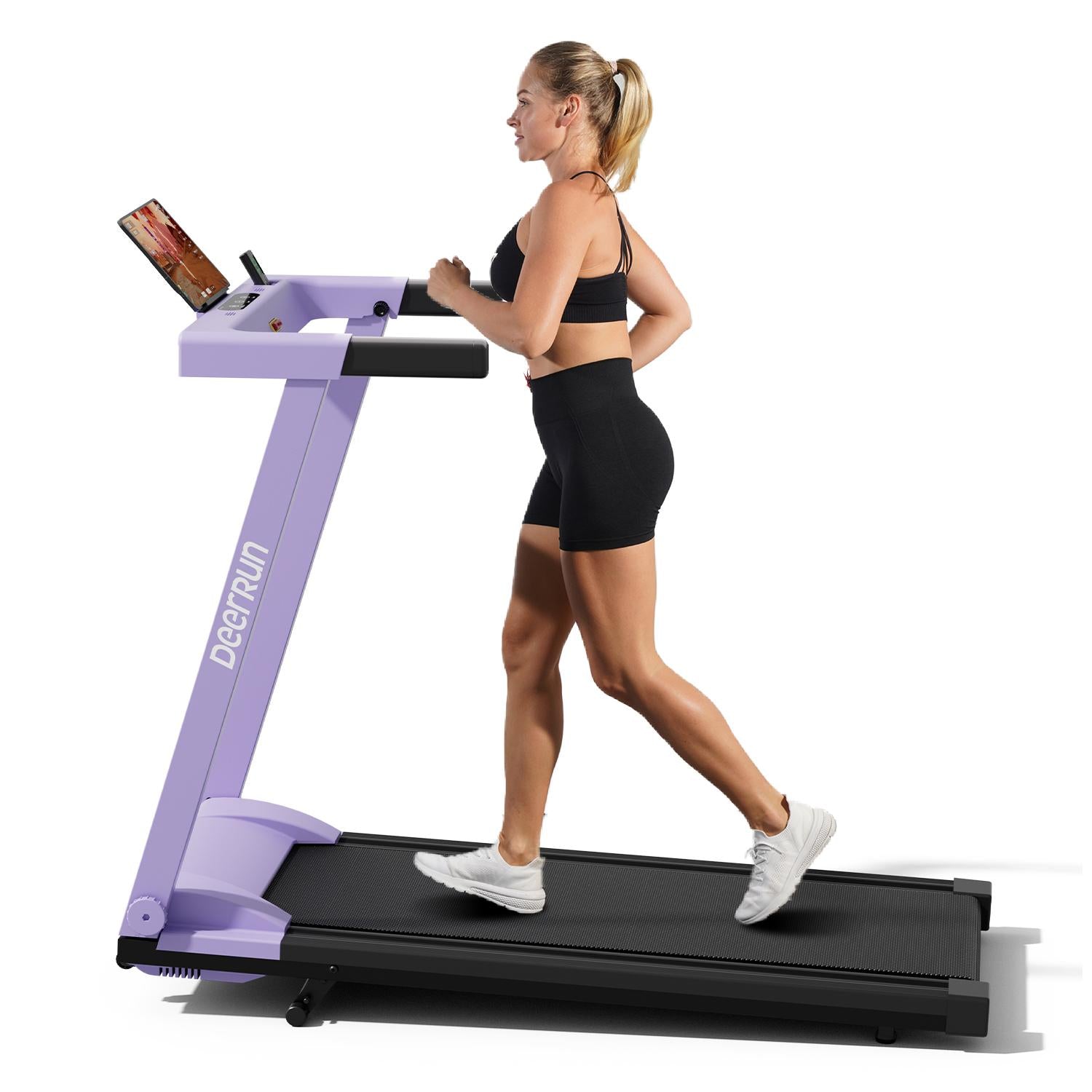
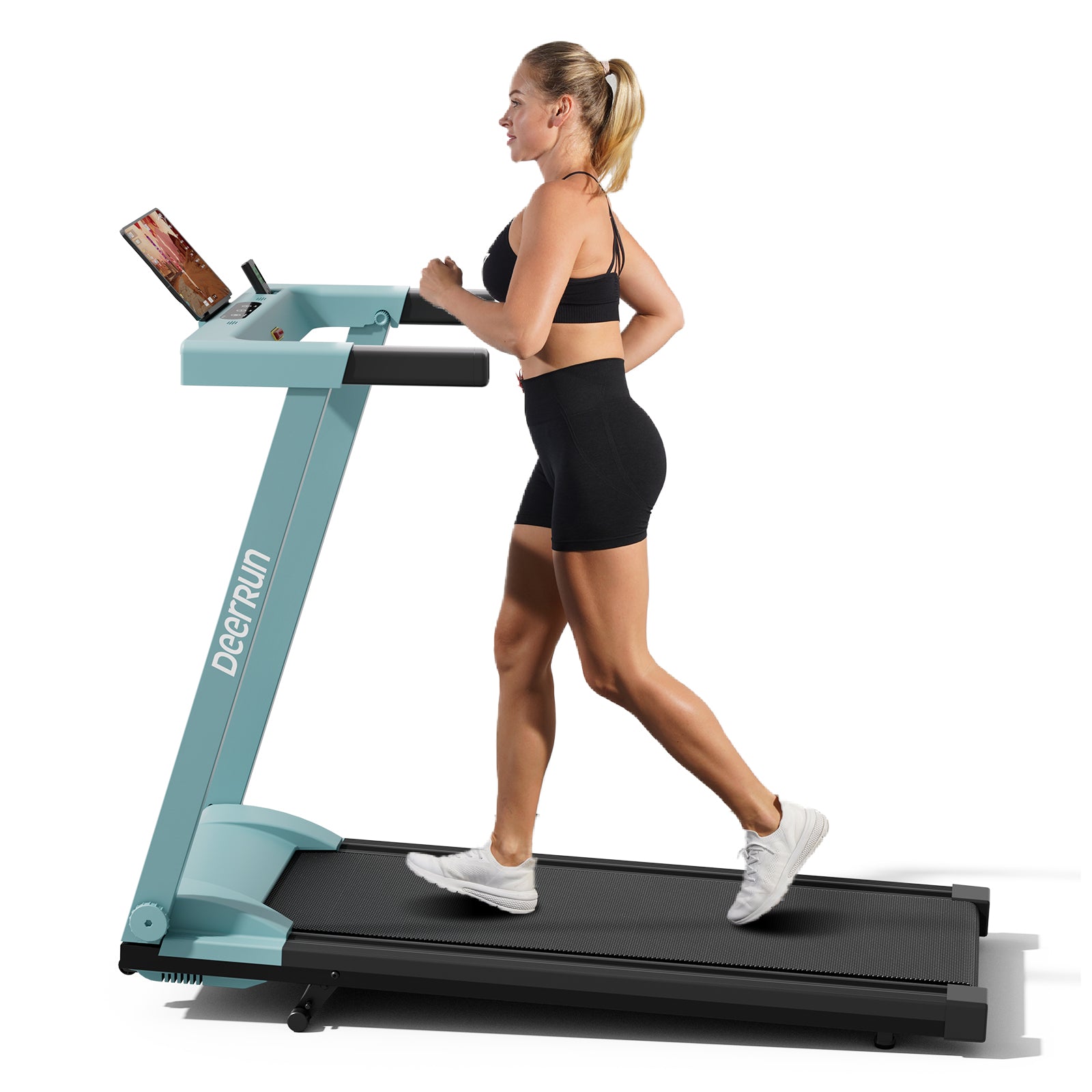





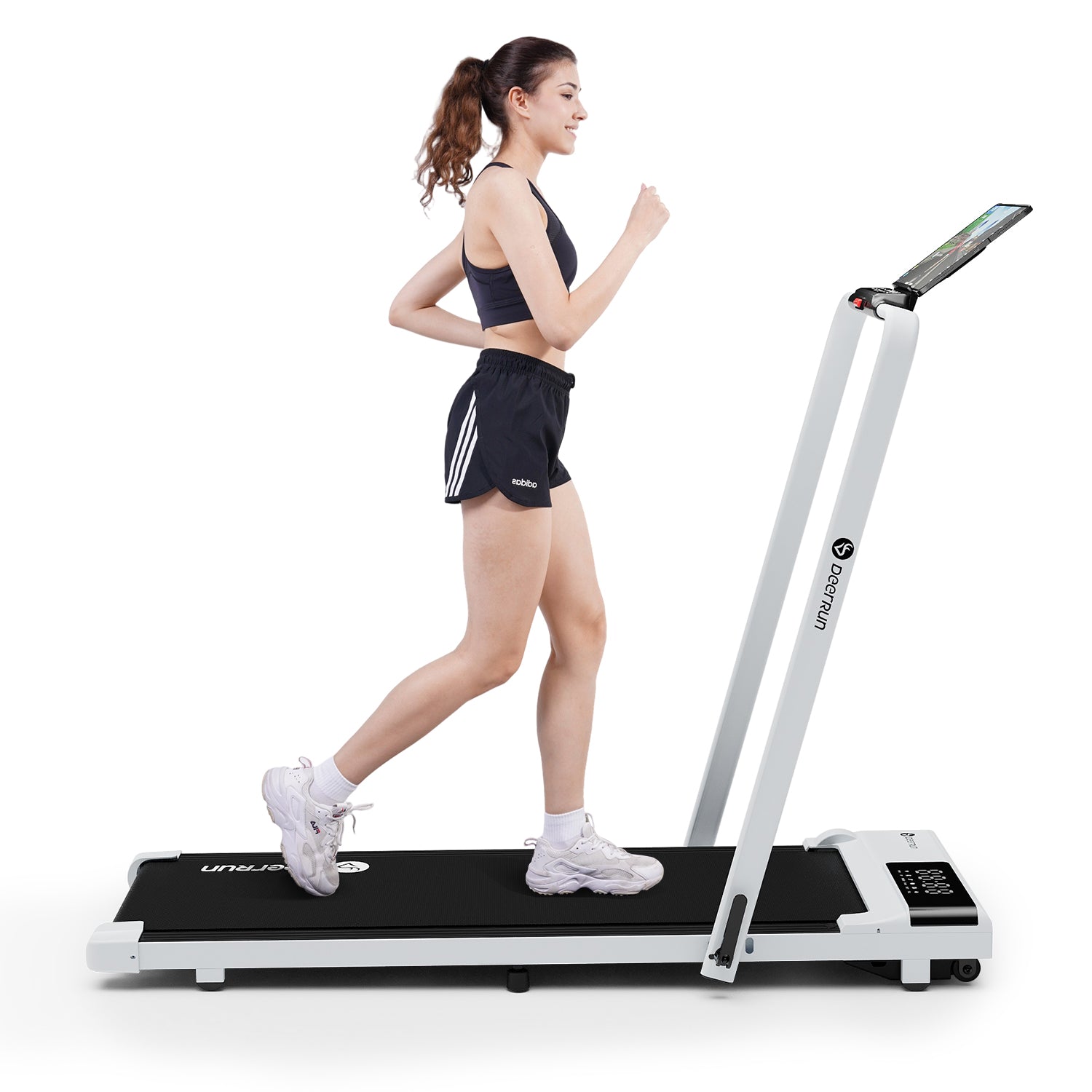

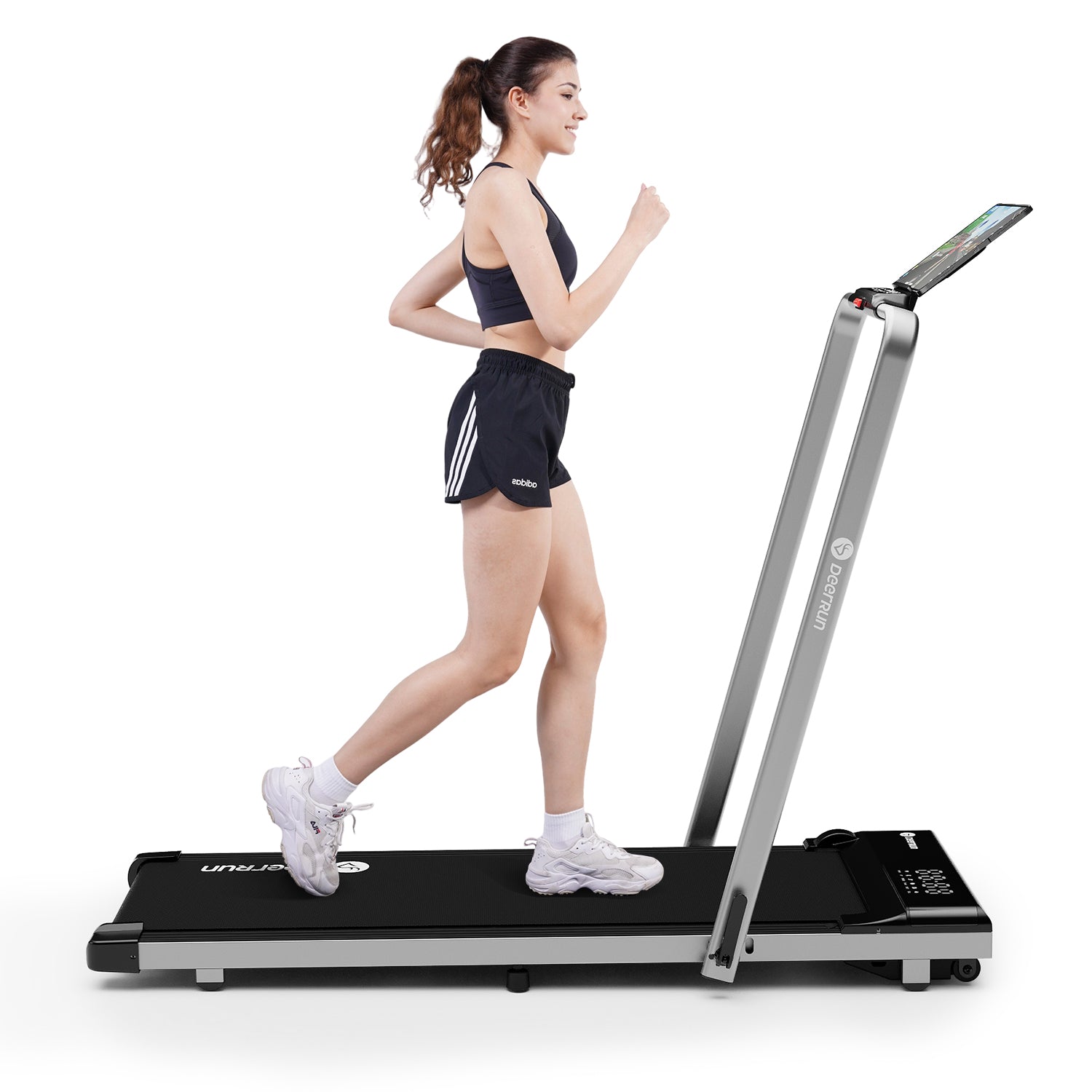
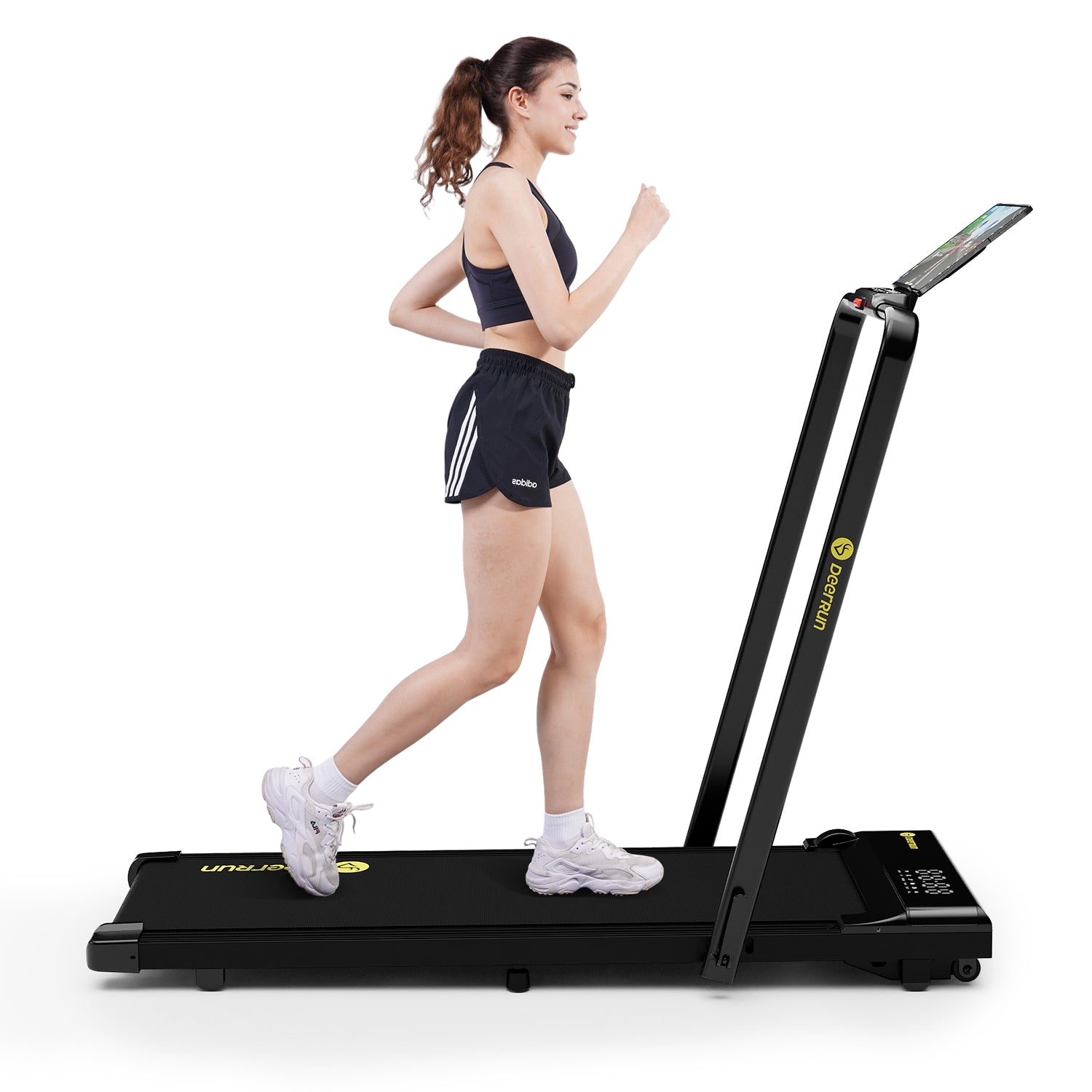







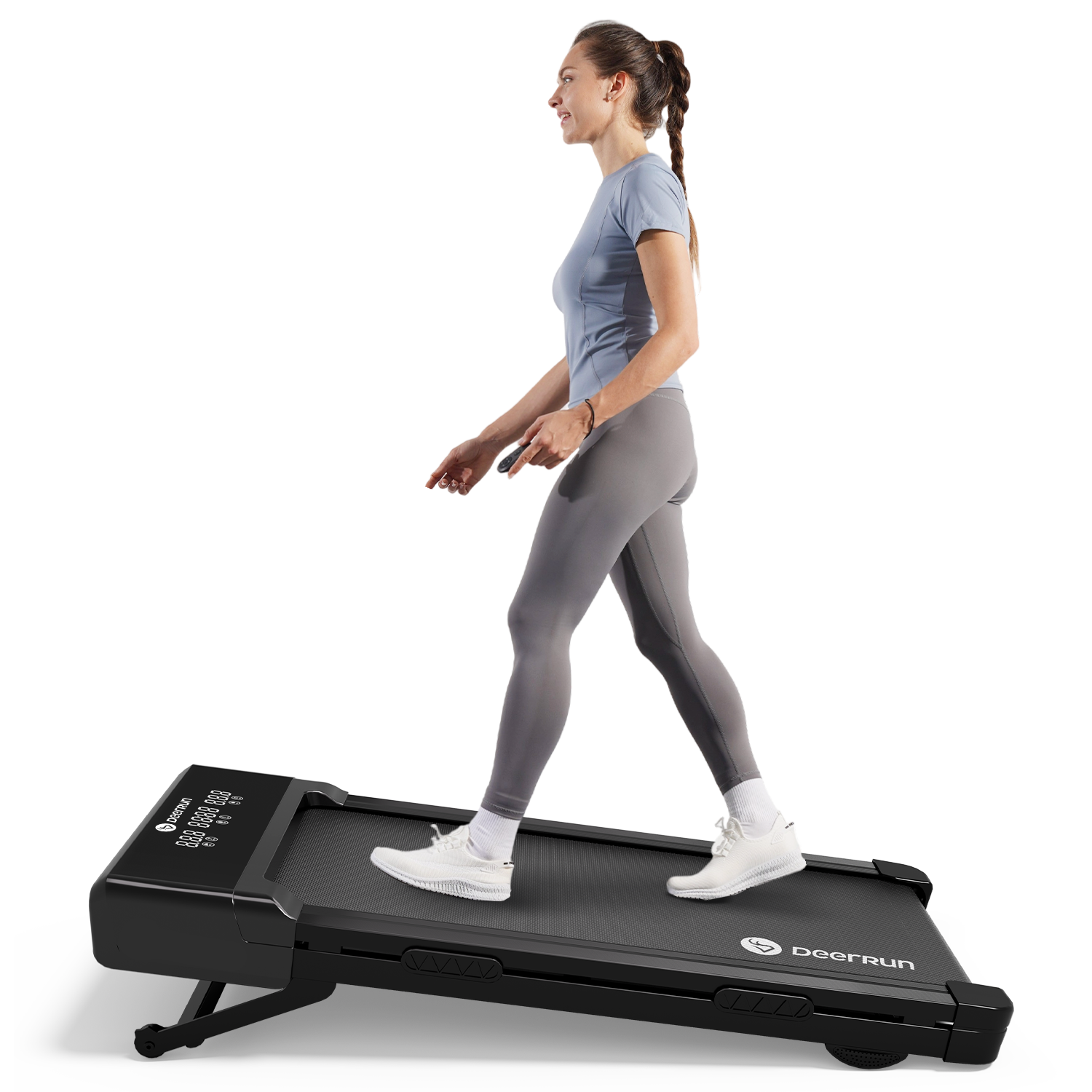
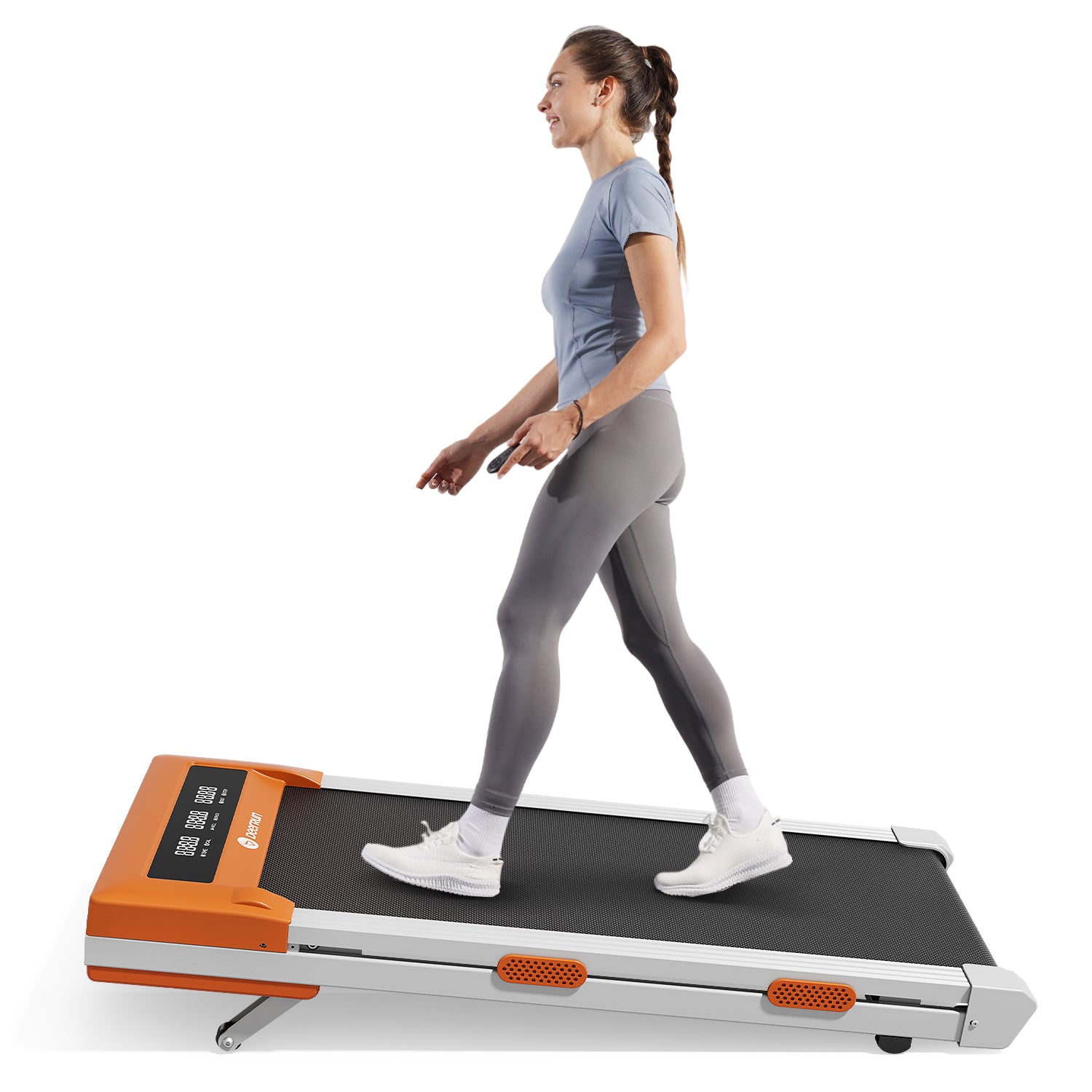

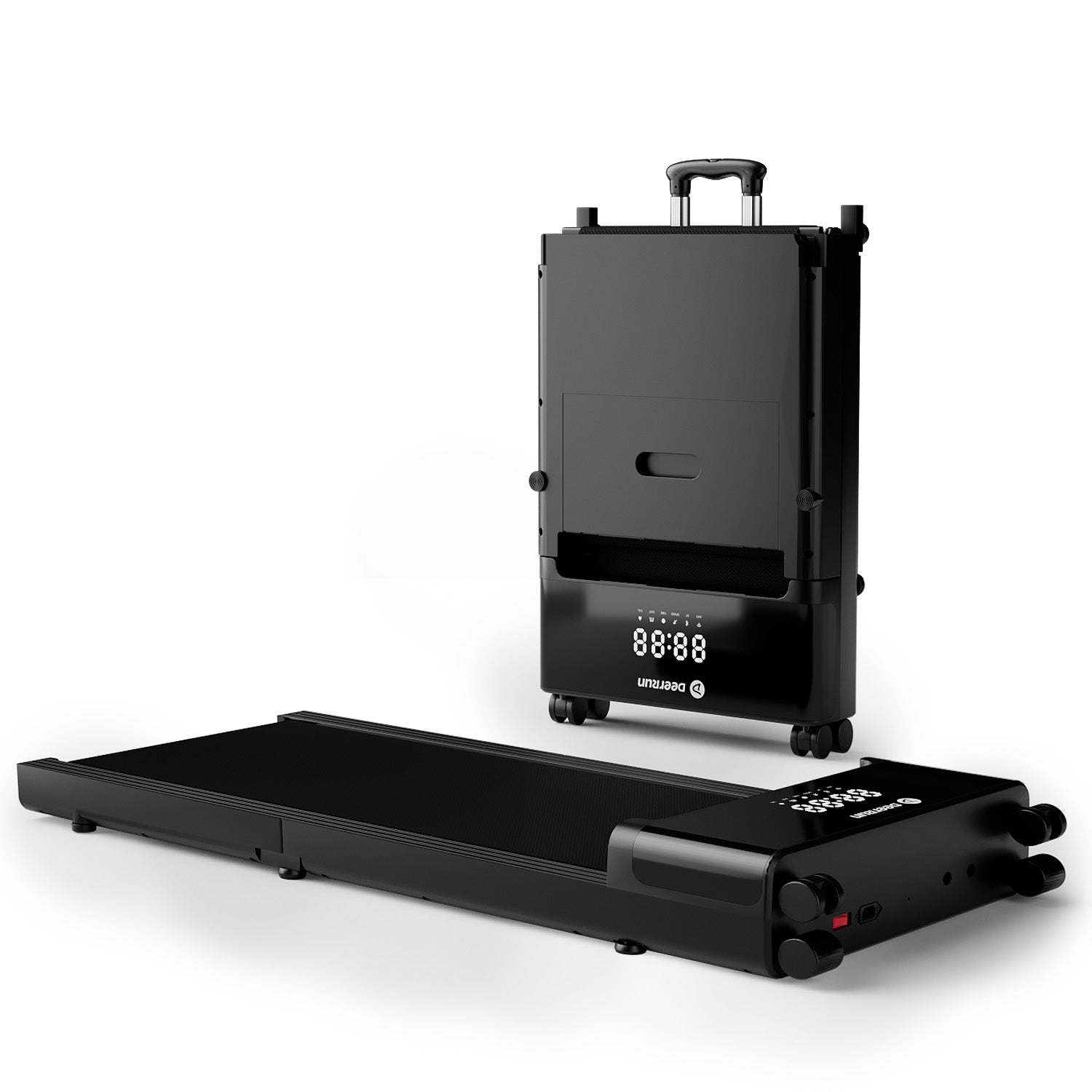


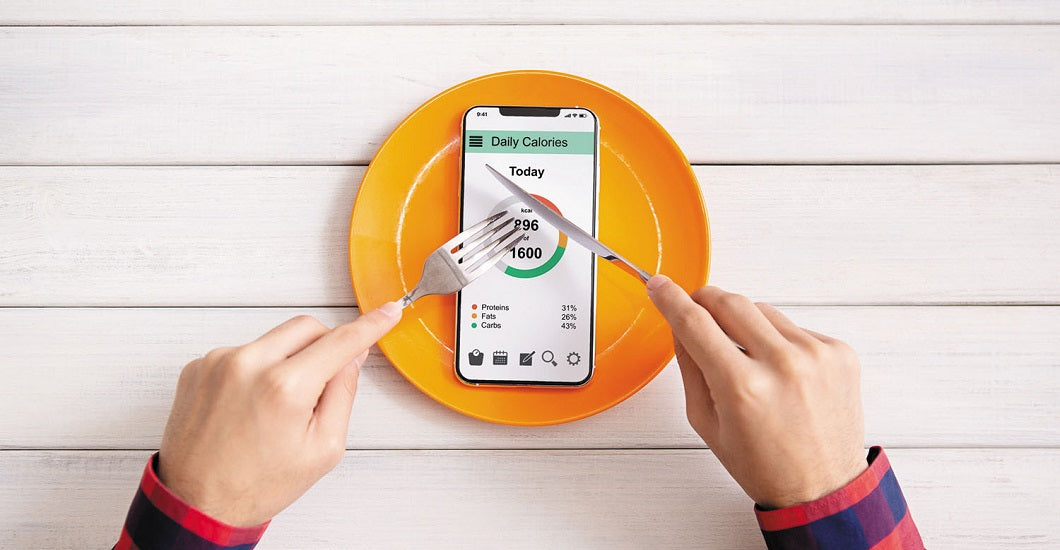


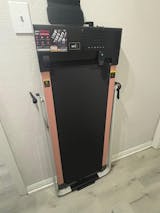

Leave a comment
All comments are moderated before being published.
This site is protected by hCaptcha and the hCaptcha Privacy Policy and Terms of Service apply.